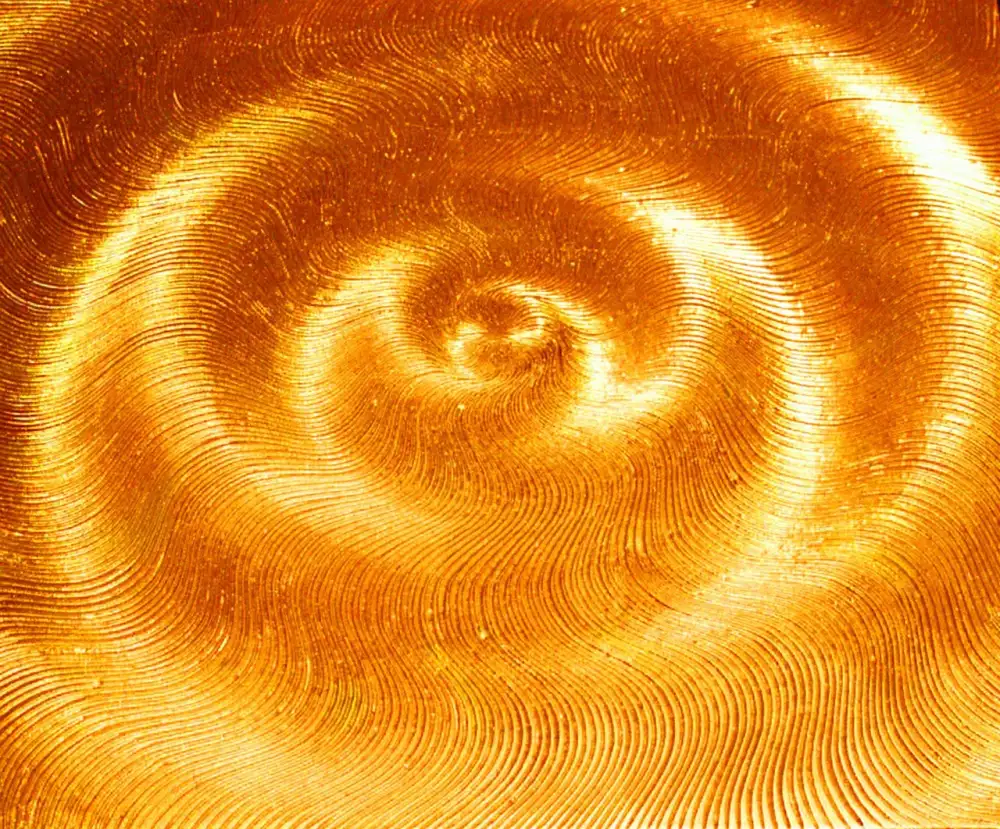Unlocking Wellness: The Power of Light and Sound Therapy for Health

Light and sound therapy are innovative approaches that harness the power of natural elements to promote health and well-being. These therapies have been used for centuries in various cultures around the world, but their popularity has surged in recent years due to advances in technology and scientific research. Light therapy involves exposure to specific wavelengths of light to treat a range of conditions, while sound therapy utilizes sound frequencies to stimulate healing processes in the body. Together, these therapies offer a holistic approach to improving physical, mental, and emotional health.
How Light Therapy Works
Light therapy, also known as phototherapy, involves exposure to specific wavelengths of light to treat various health conditions. The therapy works by stimulating cells in the body that are sensitive to light, such as those in the eyes and skin. When these cells are exposed to light, it triggers a series of biological responses that can help regulate circadian rhythms, improve mood, and boost energy levels. Additionally, light therapy can affect the production of melatonin, a hormone that plays a crucial role in sleep patterns and overall well-being.
Benefits of Light Therapy
1. Improved Mood: Light therapy has been shown to help regulate mood by increasing the production of serotonin, a neurotransmitter that contributes to feelings of well-being and happiness.
2. Enhanced Sleep Patterns: Exposure to bright light in the morning can help reset your circadian rhythm, leading to better sleep quality and improved overall sleep patterns.
3. Increased Energy Levels: Light therapy can boost energy levels by reducing feelings of fatigue and lethargy, especially during the darker winter months when individuals may experience Seasonal Affective Disorder (SAD).
4. Skin Health: Certain wavelengths of light used in therapy can promote collagen production, reduce inflammation, and improve conditions such as acne, eczema, and psoriasis.
5. Alleviation of Seasonal Depression: Light therapy is a recognized treatment for Seasonal Affective Disorder (SAD), a type of depression that occurs seasonally due to reduced exposure to sunlight.
6. Treatment for Non-Seasonal Depression: Some studies suggest that light therapy may also be beneficial in treating non-seasonal depression by regulating neurotransmitters and improving mood.
Incorporating light therapy into daily routines can have significant benefits for both mental and physical well-being.
How Sound Therapy Works
Sound therapy, also known as sound healing, works by using specific frequencies and vibrations to promote relaxation and reduce stress. The theory behind sound therapy is that different sounds can have a direct impact on our nervous system, affecting our mood and overall well-being. By listening to sounds such as singing bowls, tuning forks, or nature sounds, the body can entrain to these frequencies and achieve a state of deep relaxation. This process helps to balance the body's energy centers and promote healing on a physical, emotional, and spiritual level.
Benefits of Sound Therapy
Sound therapy, also known as sound healing, has been shown to have numerous benefits for overall well-being. One of the primary benefits is stress reduction. Listening to soothing sounds such as nature sounds or calming music can help lower cortisol levels and promote relaxation. Sound therapy has also been linked to improved sleep quality, as it can help regulate sleep patterns and promote deeper restorative sleep. Additionally, sound therapy has been found to enhance focus and concentration, reduce anxiety, and improve mood by stimulating the release of endorphins in the brain.
Combined Benefits of Light and Sound Therapy
When used together, light and sound therapy can provide a synergistic effect that enhances the overall wellness experience. The combination of these therapies can help reduce stress, improve mood, enhance relaxation, and promote better sleep quality. By synchronizing light and sound frequencies, individuals may experience deeper states of relaxation and focus, leading to improved mental clarity and emotional well-being. Research suggests that the combined benefits of light and sound therapy can also help alleviate symptoms of anxiety, depression, and chronic pain. This holistic approach to healing harnesses the power of both sensory modalities to create a harmonious environment for promoting health and well-being.
Applications of Light and Sound Therapy in Healthcare
Applications of Light and Sound Therapy in healthcare have shown promising results in various areas. Light therapy is commonly used to treat seasonal affective disorder, sleep disorders, and skin conditions like psoriasis. It has also been effective in managing depression, anxiety, and even dementia symptoms. Sound therapy, on the other hand, is utilized for stress reduction, pain management, improving cognitive function, and enhancing relaxation. When combined, these therapies can be used to address a wide range of health issues such as chronic pain, PTSD, and even addiction recovery. The non-invasive nature of these therapies makes them appealing for patients seeking alternative or complementary treatments to traditional medicine.
Considerations Before Trying Light and Sound Therapy
Before trying light and sound therapy, it is important to consider a few key factors. Firstly, individuals with certain medical conditions such as epilepsy or bipolar disorder should consult with their healthcare provider before starting these therapies. Additionally, it is crucial to ensure that the equipment used for light and sound therapy is of high quality and safe to use. It is also recommended to start with shorter sessions and gradually increase the duration to assess tolerance and effectiveness. Lastly, individuals should be mindful of any potential side effects such as eye strain or headaches and discontinue use if any adverse reactions occur. Consulting a healthcare professional before incorporating light and sound therapy into one's wellness routine is always advisable.
As research continues to uncover the powerful benefits of light and sound therapy, the future looks promising for these holistic approaches to wellness. With their non-invasive nature and minimal side effects, light and sound therapy have the potential to revolutionize healthcare by offering safe and effective alternatives for managing various health conditions. As technology advances, we can expect to see more innovative applications of these therapies in mainstream medicine, providing individuals with additional tools to improve their overall well-being.
Published: 08. 04. 2024
Category: Health



